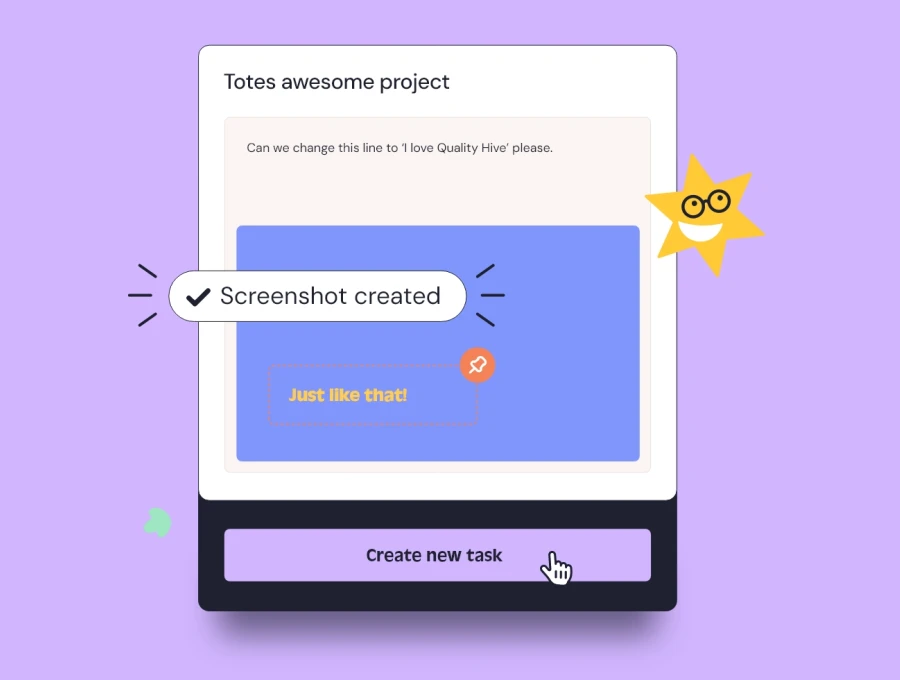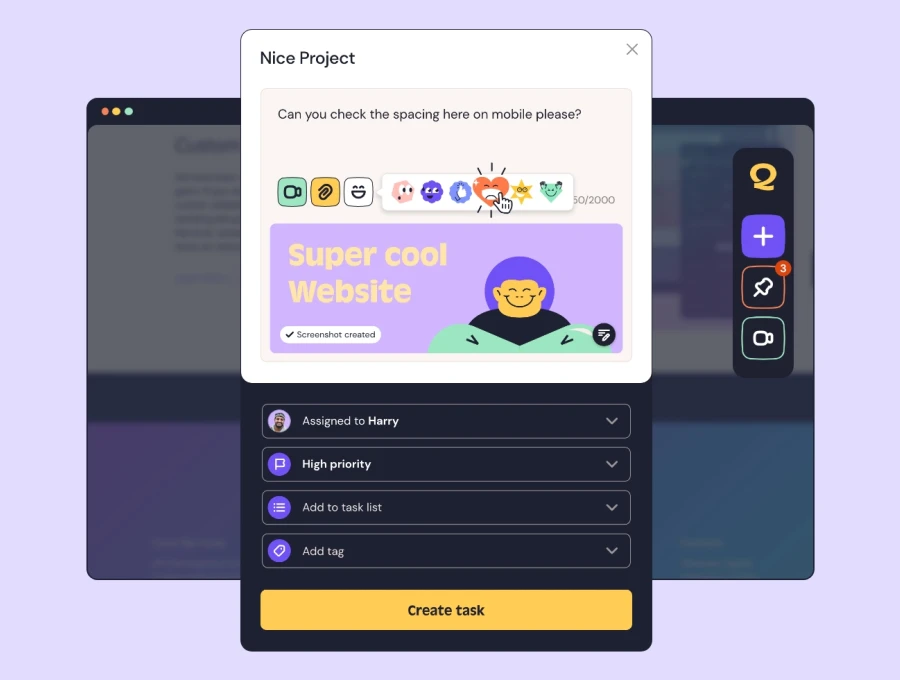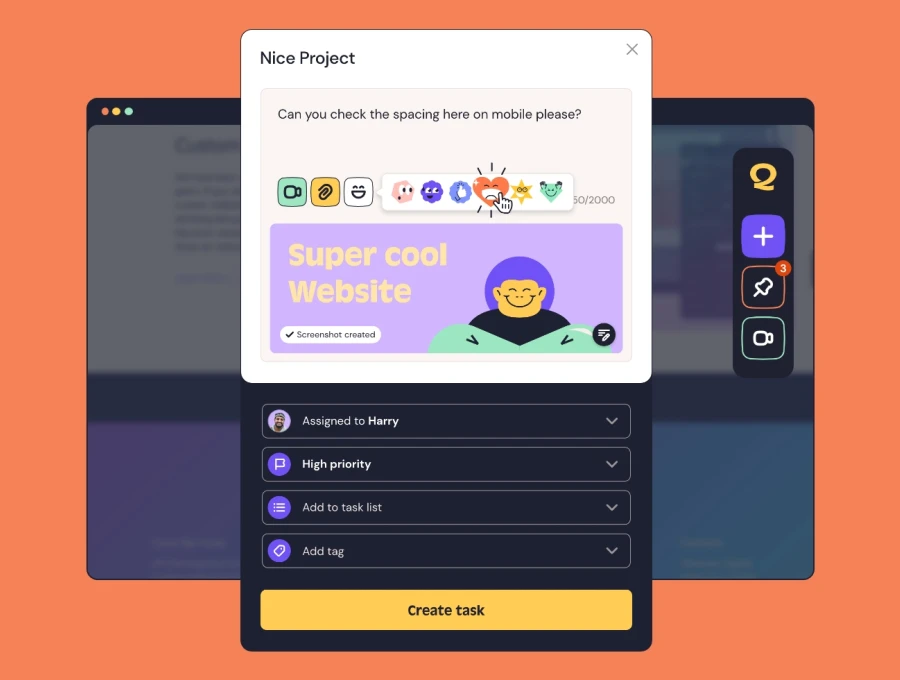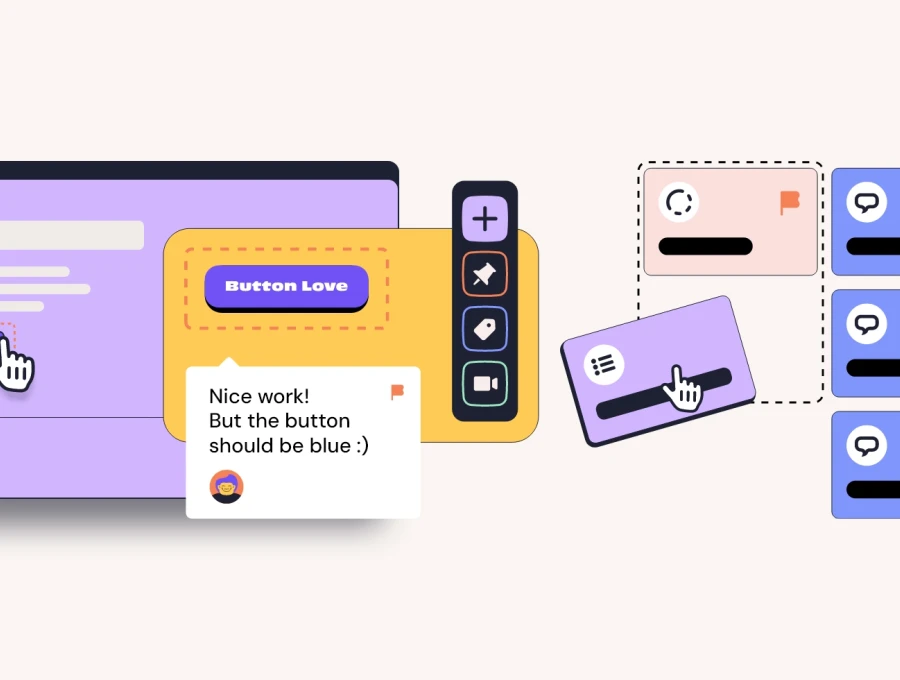In the ever-evolving world of software development, quality assurance (QA) is paramount. Traditionally, QA activities have been performed towards the end of the development cycle, often leading to last-minute fixes, increased costs, and project delays. However, the shift-left testing approach advocates for integrating QA earlier in the development process. This proactive strategy helps in identifying and addressing issues early, enhancing the overall quality and efficiency of the development cycle. Here’s a comprehensive guide on how to successfully implement shift-left testing.
What is Shift-Left Testing?
Shift-left testing is a practice that involves moving QA activities earlier in the software development lifecycle. By integrating testing from the beginning of the development process, teams can detect and resolve defects sooner, reducing the cost and effort associated with fixing issues later on. This approach aligns with agile and DevOps methodologies, promoting continuous testing and quality improvement.
Benefits of Shift-Left Testing
Early Detection of Defects: Identifying defects early in the development process minimizes the risk of major issues emerging late in the cycle, saving time and resources.
Cost Efficiency: Fixing bugs earlier is less expensive than addressing them after deployment, leading to significant cost savings.
Improved Collaboration: Involving QA from the start fosters better communication and collaboration between developers, testers, and other stakeholders.
Enhanced Product Quality: Continuous testing ensures that quality is built into the product from the beginning, resulting in a more reliable and robust software.
Faster Time-to-Market: Early and continuous testing accelerates the development process, allowing for quicker releases and more frequent updates.
How to Implement Shift-Left Testing
1. Foster a Culture of Quality
Creating a culture that prioritizes quality from the outset is crucial for shift-left testing. Encourage all team members, from developers to product managers, to take ownership of quality. Promote open communication, collaboration, and a shared commitment to delivering high-quality software.
2. Integrate QA into the Development Team
Incorporate QA professionals into development teams to ensure seamless collaboration and early involvement. This integration allows QA to provide input during planning and design phases, identify potential issues, and contribute to test planning and execution from the beginning.
3. Adopt Agile and DevOps Practices
Shift-left testing aligns well with agile and DevOps methodologies, which emphasize continuous integration, continuous testing, and continuous delivery. Implement practices such as:
Continuous Integration (CI): Automatically integrate code changes and run automated tests frequently to catch defects early.
Continuous Testing (CT): Continuously execute tests throughout the development cycle, from unit tests to end-to-end tests.
Continuous Delivery (CD): Ensure that software is always in a releasable state, with automated testing and deployment processes in place.
4. Develop a Comprehensive Test Strategy
Create a test strategy that includes a mix of testing types to ensure thorough coverage. This should include:
Unit Testing: Test individual components or functions to ensure they work as intended.
Integration Testing: Verify that different components or systems interact correctly.
Functional Testing: Ensure that the software behaves according to specified requirements.
Performance Testing: Assess the software’s performance under various conditions.
Security Testing: Identify and address potential security vulnerabilities.
5. Automate Testing Processes
Automation is key to the success of shift-left testing. Invest in automated testing tools and frameworks that enable rapid and reliable execution of tests. Automation helps in:
Reducing Manual Effort: Automating repetitive tasks frees up QA professionals to focus on more complex testing scenarios.
Ensuring Consistency: Automated tests provide consistent and repeatable results, reducing the risk of human error.
Accelerating Feedback: Automated tests can run frequently, providing immediate feedback on code changes.
6. Implement Test-Driven Development (TDD) and Behavior-Driven Development (BDD)
Adopting TDD and BDD practices can enhance the effectiveness of shift-left testing:
Test-Driven Development (TDD): Write tests before writing code, ensuring that each piece of code is thoroughly tested from the start.
Behavior-Driven Development (BDD): Focus on the behavior of the application from the user’s perspective, writing tests in a natural language that describes the desired behavior.
7. Use Metrics to Measure Success
Track and analyze key metrics to evaluate the effectiveness of shift-left testing. Important metrics include:
Defect Density: The number of defects per unit of code.
Test Coverage: The percentage of code covered by tests.
Time to Detect and Fix Defects: The time taken to identify and resolve defects.
Build Success Rate: The percentage of successful builds in CI/CD pipelines.
Conclusion
Shift-left testing represents a paradigm shift in software development, emphasizing the importance of integrating QA early in the process. By fostering a culture of quality, incorporating QA into development teams, adopting agile and DevOps practices, and leveraging automation, organizations can reap the benefits of early defect detection, cost efficiency, improved collaboration, enhanced product quality, and faster time-to-market. Embracing shift-left testing is not just about moving QA activities to the left; it’s about embedding quality into every stage of the development lifecycle.













